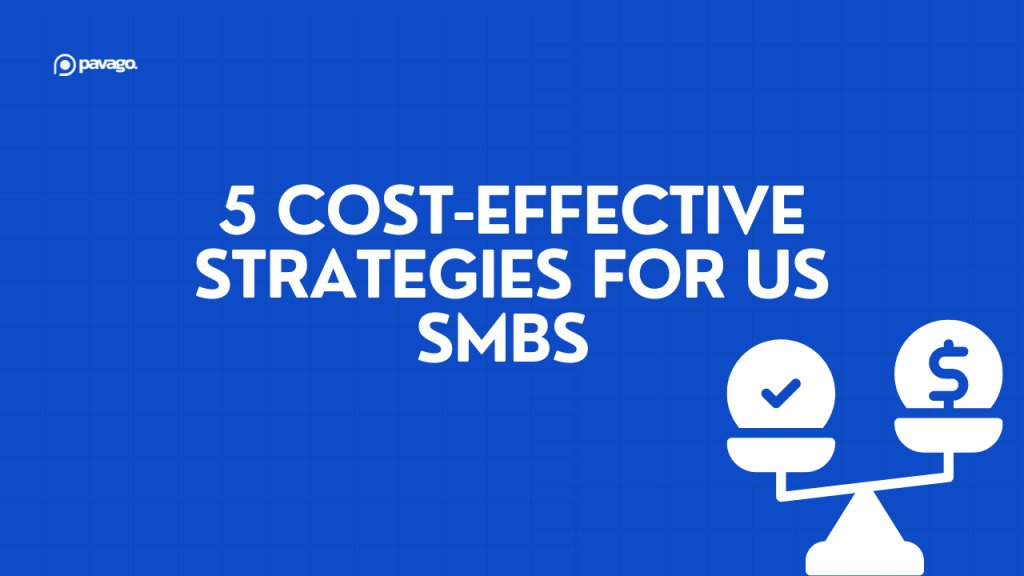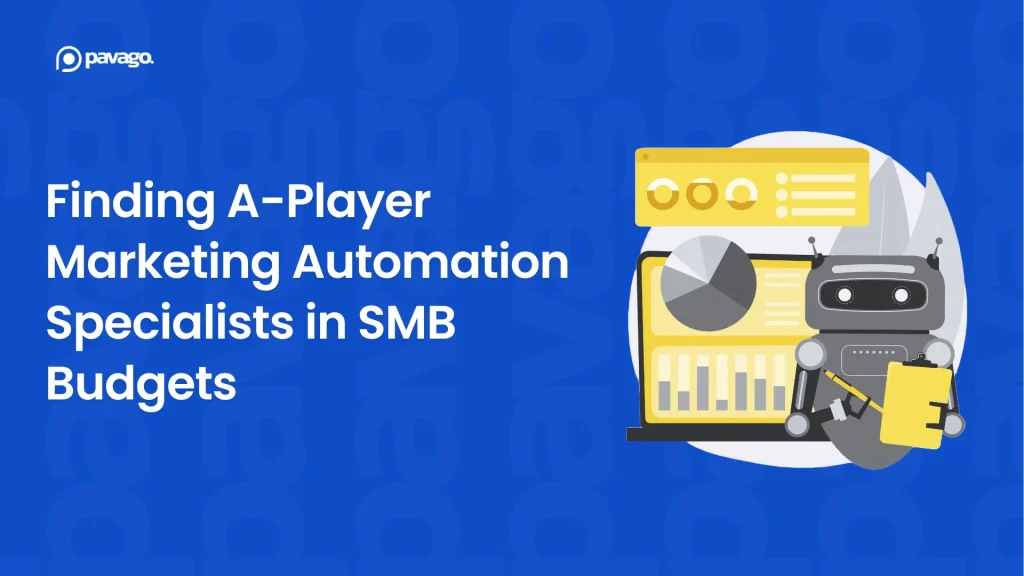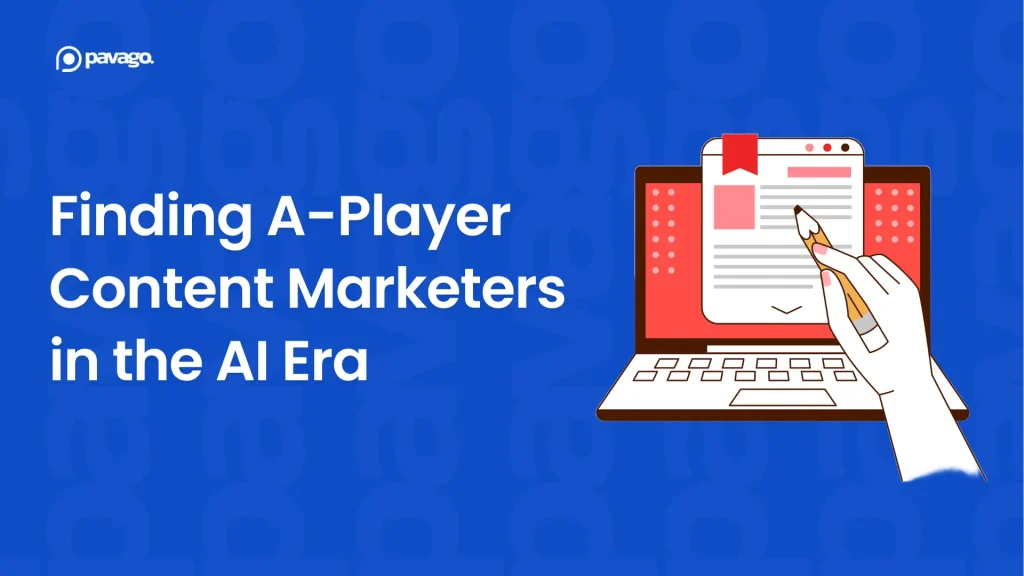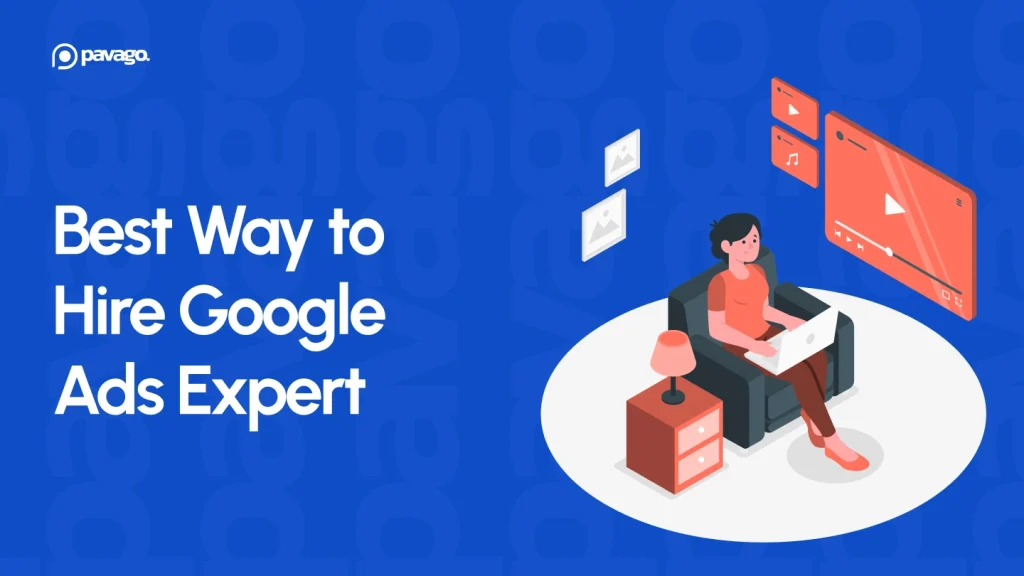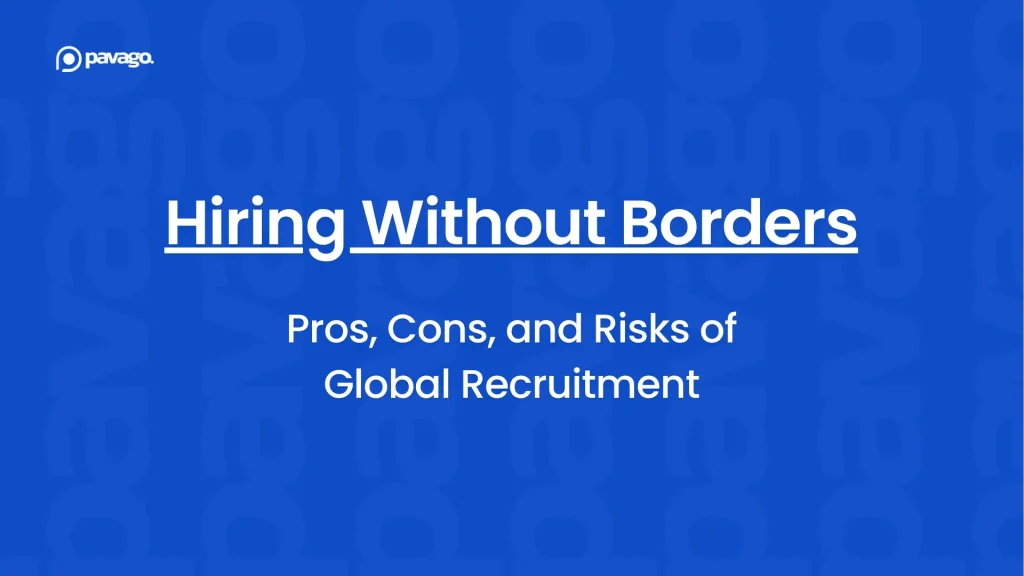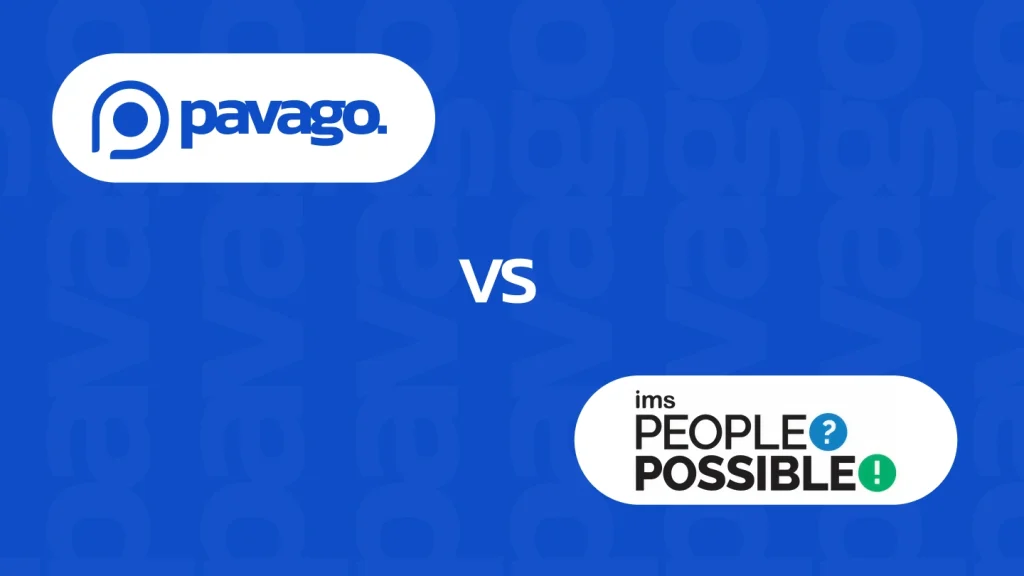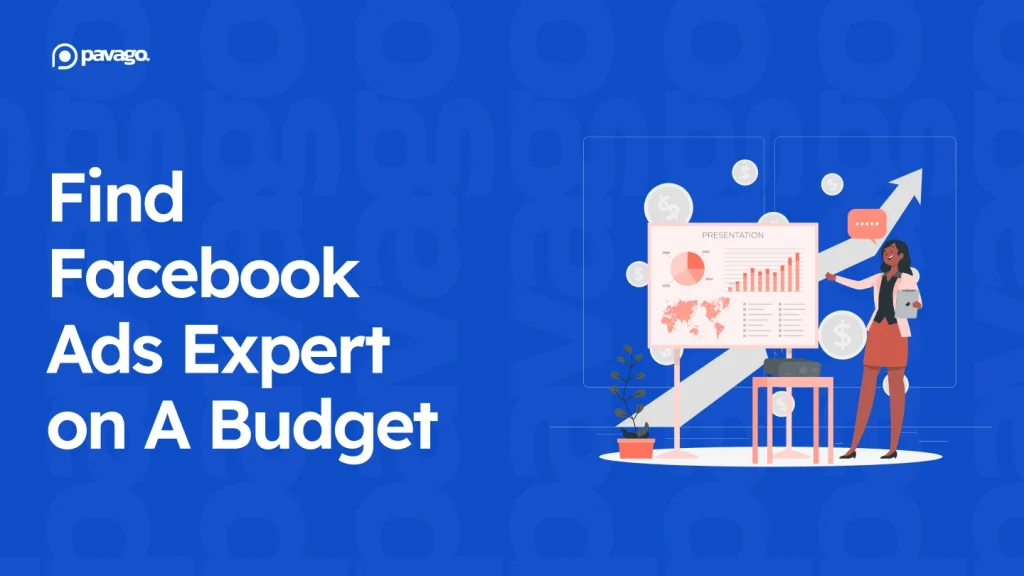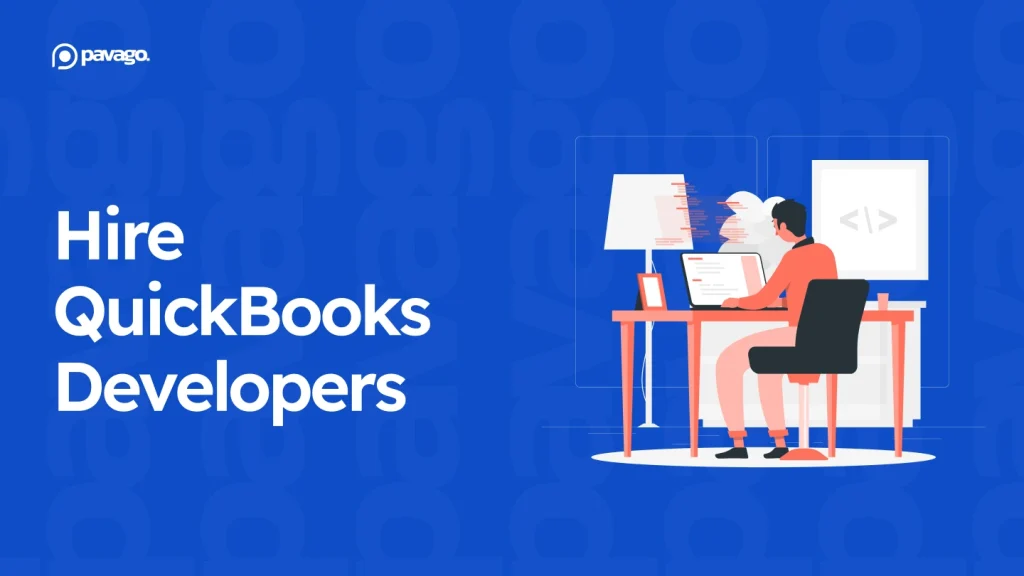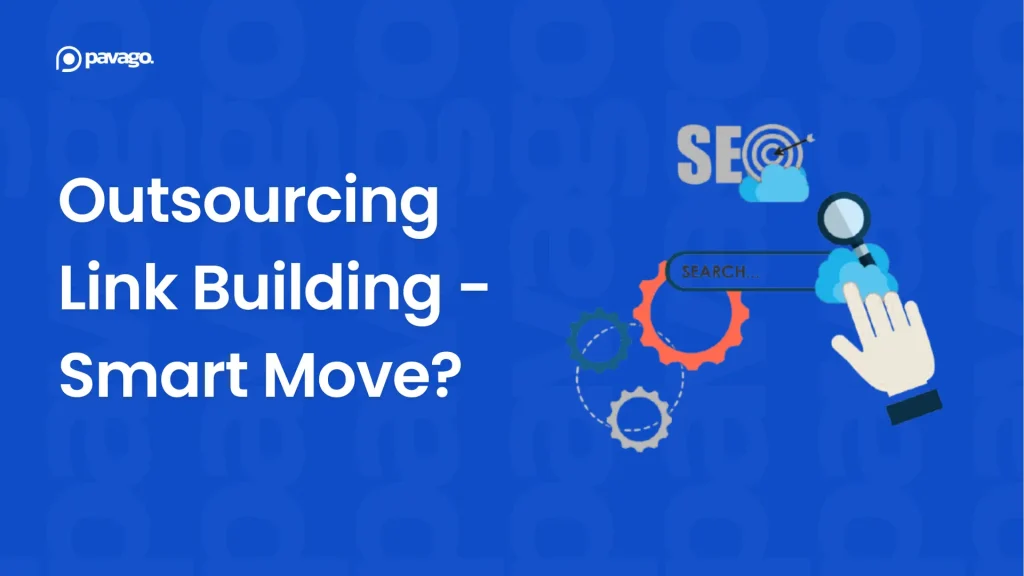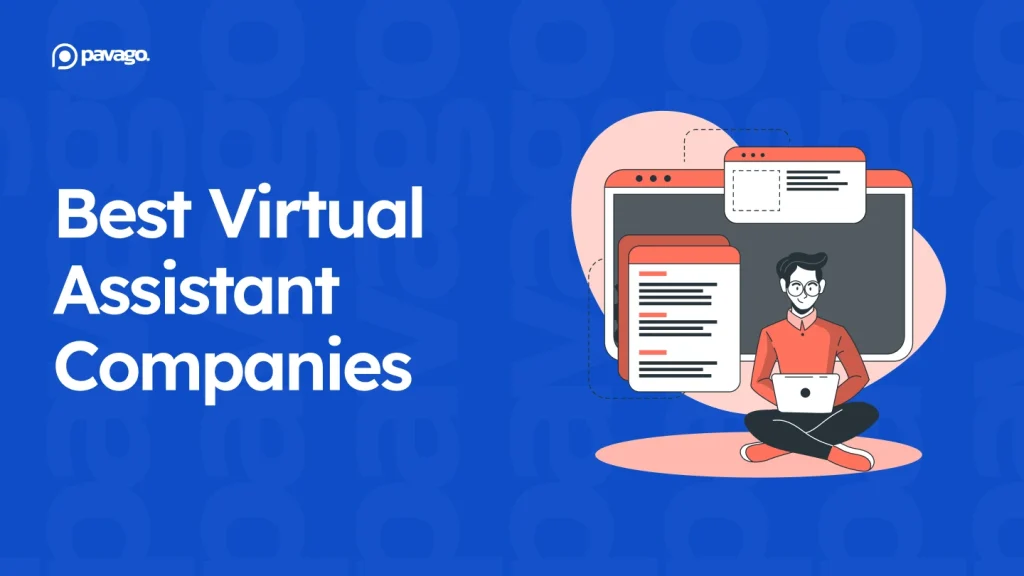Does marketing cost too much? You’re not alone.
Most small businesses slash their marketing budget when money gets tight. Big mistake. You need customers now more than ever.
Here’s what smart businesses do instead: They cut costs while getting better results.
This guide shows you exactly how to save 50-80% on marketing without losing customers.
You’ll learn:
- 5 ways to cut marketing costs today
- How much can you actually save
- Simple steps to get started
Ready? Let’s dive in.
5 Effective Ways to Reduce Your Marketing Costs
1. Hire Offshore Marketing Talent (Save 50-80% on Staff Costs)
Here’s a reality check: Marketing talent in the U.S. is expensive. A decent digital marketer costs $50,000-$70,000 per year. Add benefits, and you’re looking at $80,000+ easily.
What if you could get the same quality work for $16,000-$24,000 per year? That’s exactly what offshore hiring offers.
Companies like Buffer, Zapier, and thousands of smaller businesses have figured this out. They hire talented marketers from countries like Latin America, Pakistan, and Eastern Europe at a fraction of U.S. costs.
The numbers are eye-opening:
| Role | U.S. Salary | Offshore Cost | Your Savings |
|---|---|---|---|
| Digital Marketing Manager | $65,000 | $15,000 | $50,000 |
| SEO Specialist | $55,000 | $12,000 | $43,000 |
| Social Media Manager | $50,000 | $12,000 | $38,000 |
| Content Writer | $48,000 | $10,000 | $38,000 |
But here’s what most people get wrong about offshore hiring: They think cheaper means lower quality. That’s not true if you do it right.
The key is finding the right talent and setting up proper systems. Countries like Pakistan have an abundance of marketing talent with excellent English skills and strong work ethics. Many offshore workers have better marketing training than local hires.
How to Hire Offshore Talent Successfully
Start by being crystal clear about what you need. Write a detailed job description that includes specific skills, experience requirements, and communication expectations. Don’t just say “social media manager” – explain exactly what platforms, what type of content, and what results you expect.
Next, choose your hiring method. You can use platforms like Upwork or Freelancer for short-term projects. For full-time roles, consider offshore staffing agencies like Pavago that handle vetting, legal compliance, and ongoing support.
Related: 10 Best Remote Staffing Agencies to Hire Top Global Talent
Always start with a small test project. Give candidates a real task that reflects the work they’ll actually do. This tells you more than any interview ever could.
Set up regular check-ins and clear performance metrics from day one. Use project management tools like Asana or Trello to keep everyone on the same page.
Most importantly, treat offshore workers like valued team members, not cheap labor. The companies that succeed with recruiting offshore employees on a small business budget create inclusive cultures where remote workers feel appreciated and engaged.
Or, you can skip all the hassle and let Pavago handle the complete hiring process for you. We’ve done this for 100+ businesses, so we’re quite familiar with it.
Common Mistakes to Avoid
- Don’t hire based solely on price. The cheapest option usually costs more in the long run through poor work quality and high turnover. Focus on finding the right fit for your needs and budget.
- Don’t skip proper onboarding. Offshore workers need comprehensive training on your brand, processes, and expectations. Invest time upfront in proper remote employee onboarding to save headaches later.
- Don’t micromanage. If you hire good people and set clear expectations, let them do their work. Constant supervision defeats the purpose of hiring help.

2. Build a Content Marketing System for the BoF Audience
Most businesses waste money on content that doesn’t sell anything. They write generic blog posts about industry trends and wonder why their website doesn’t generate leads.
Smart businesses do content differently. They create content specifically for people who are ready to buy. This approach generates many more leads per month than traditional blogging, according to recent studies.
The difference is intent. Instead of trying to educate everyone about everything, you focus on answering questions that buyers ask right before they make purchasing decisions.
Here’s how it works:
Think about your customer’s buying journey. What questions do they ask when they’re comparing options? What concerns do they have? What information do they need to feel confident about buying?
These are the topics that make money. When someone searches for “best email marketing software for small business” or “Shopify vs WooCommerce pricing,” they’re not just browsing – they’re shopping.
3. Set Up Automated Email Marketing
Email marketing delivers $36 for every $1 spent. But most businesses use email wrong – they send random newsletters that nobody reads.
The secret is automation. Set up email sequences that trigger based on what people do, and you’ll nurture leads into customers without lifting a finger.
Think about it this way: When someone signs up for your email list, they’re interested but not ready to buy. Your job is to build trust and provide value until they’re ready to make a decision.
Here’s what we do at Pavago:
We have 3 automated email sequences set up. Our customer journey usually starts with a call, so all the sequences are related to that.
The first automation is for those who book a call but don’t show up. We send them 4 emails, nudging them to reschedule. We also introduce Pavago, what makes us unique, and how we can help.
The next automation is for those who attend the meeting but don’t proceed immediately. This email sequence contains a series of emails that start with asking for feedback and end with an exclusive, limited-time offer to drive conversions.
The last automation is a re-engagement campaign aimed at inactive clients. The first email checks in, asking how things are going and if they need support. The second email asks for feedback on their last hire and whether they’d be interested in hiring more talent.
This setup is working pretty well for us at the moment.
Related: How to Outsource an Email Marketing Expert at an Affordable Price in 2025
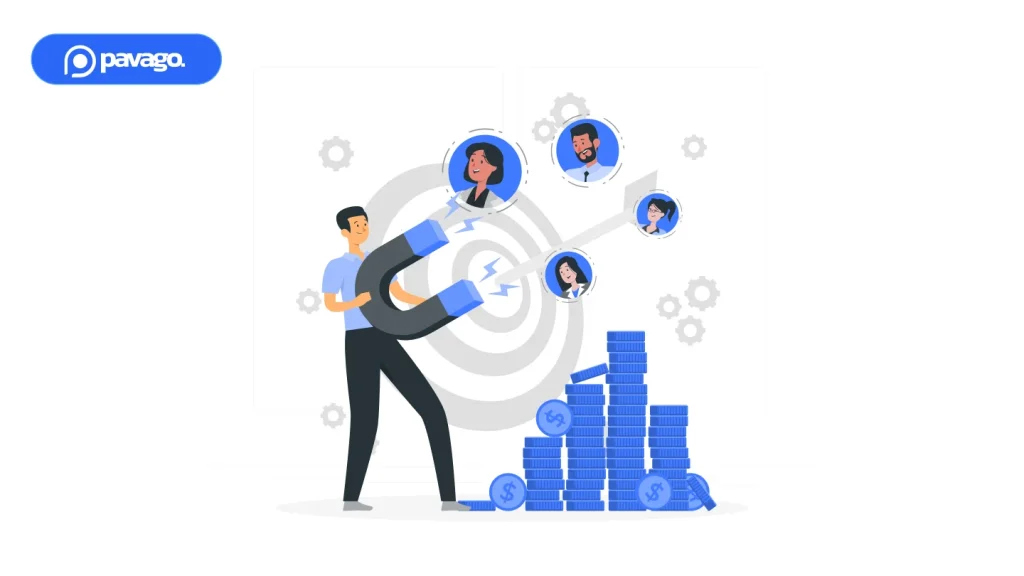
4. Master Organic Social Media
Social media advertising costs keep rising. The average cost per click on Facebook has increased by 89% in the past year alone. Meanwhile, organic reach keeps dropping.
But here’s what most businesses miss: Organic social media still works incredibly well if you approach it strategically. You just can’t post random content and hope for the best.
The key is creating content that people actually want to engage with. When your posts get likes, comments, and shares, social media platforms show them to more people for free.
And it’s not just about being more visible on social media – the marketing team at Pavago recently figured something out. When we increased our activity and reach on social platforms, we saw a boost in website visits, too.
In simple terms, the more people interacted with our social content, the more they checked out our website. It turns out, social media and website visibility go hand in hand.
✌️ Our entire marketing team is offshore, and our CEO couldn’t be more satisfied with our performance (yup, he said this himself!)
If you’re also interested in hiring amazing talent at fair prices, let’s talk and see how we can help you do that.
5. Use Data to Stop Wasting Money
Most small businesses make marketing decisions based on gut feelings. This is expensive. Data-driven businesses are 5x more likely to make profitable decisions and 6x more likely to be profitable overall.
The problem isn’t a lack of data – it’s knowing which data matters and how to use it. You don’t need to become a data scientist, but you do need to track the right metrics and act on what they tell you.
The metrics that actually matter:
- Customer Acquisition Cost (CAC) tells you how much you spend to get each new customer. Calculate this by dividing your total marketing spend by the number of new customers acquired in the same period.
- Customer Lifetime Value (CLV) shows how much revenue each customer generates over their entire relationship with your business. This helps you determine how much you can afford to spend on acquisition.
The CLV to CAC ratio is crucial. If your CLV is $1,000 and your CAC is $200, you have a healthy 5:1 ratio. If CAC is higher than CLV, you’re losing money on every customer.
- Conversion rates tell you how well your marketing turns prospects into customers. Track conversions at each stage of your funnel to identify bottlenecks.
- Return on Ad Spend (ROAS) measures the revenue generated for every dollar spent on advertising. A 4:1 ROAS means you make $4 for every $1 spent.
Tools for data-driven marketing:
- Google Analytics 4 tracks website performance and customer behavior. It’s free and integrates with most marketing tools.
- Google Search Console shows how your website performs in search results. It’s essential for tracking SEO progress.
- Facebook Analytics provides detailed insights into social media performance and audience behavior.
- Your CRM system should track lead sources, conversion rates, and customer lifetime value. Many offer free versions for small businesses.
- Hotjar’s free plan lets you see how users interact with your website through heatmaps and session recordings.
At Pavago, we’ve recently created an automation library with over 100+ marketing automations to simply data tracking and boost your productivity.
Book a free call with our team to see how it works.
Common Cost-Reduction Techniques in Marketing That Backfire
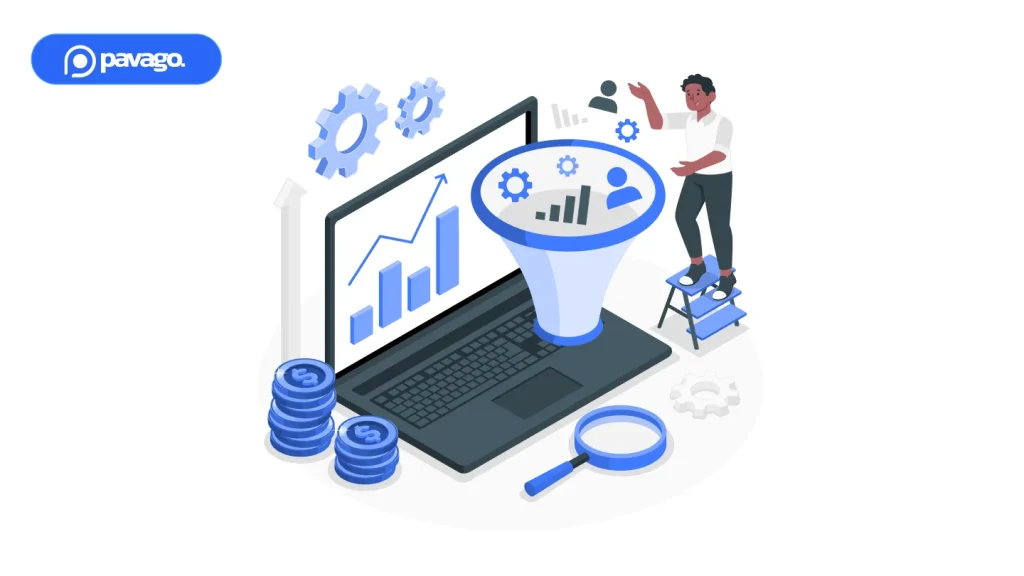
1. Cutting Too Deep, Too Fast
The biggest mistake businesses make is eliminating entire marketing channels without understanding their full impact. This often happens when panic sets in about cash flow.
Marketing channels don’t exist in isolation. Your email marketing might not generate direct sales, but it supports your sales process. Your social media might not drive immediate revenue, but it builds brand awareness that influences future purchases.
Before cutting any marketing activity, analyze its role in your customer journey. Use attribution modeling to understand how different touchpoints contribute to conversions.
The safer approach to cost reduction:
Reduce spending gradually while monitoring the impact on lead generation and sales. Cut 25% initially and watch results for 30-60 days before making additional cuts.
Test alternative approaches before eliminating channels entirely. If paid advertising is too expensive, try organic strategies first.
Maintain some presence in all important channels, even if you reduce activity levels. It’s easier to scale up existing channels than to restart from zero.
2. Focusing Only on Immediate Costs
Short-term thinking leads to long-term problems. Cutting marketing costs without considering long-term brand building often results in lower customer lifetime value and increased acquisition costs over time.
Brand awareness and trust take time to build, but provide lasting competitive advantages. Customers are more likely to choose businesses they recognize and trust, even when alternatives are cheaper.
Balancing short-term and long-term marketing:
Allocate 60% of your marketing budget to performance marketing that drives immediate results. Use the remaining 40% for brand building and long-term asset creation.
Content marketing, SEO, and organic social media provide long-term benefits even though results take time to materialize. These investments compound over time.
Customer retention and referral programs often provide better ROI than new customer acquisition. Don’t neglect existing customers while focusing on cost reduction.
3. Ignoring Quality for Price
The cheapest option rarely provides the best value. This is especially true for content creation, design work, and technical services where quality directly impacts results.
Poor quality marketing materials damage your brand reputation and reduce conversion rates. The money saved on cheap services often gets lost through poor performance.
Finding the sweet spot between cost and quality:
Define minimum quality standards before evaluating cost options. Eliminate options that don’t meet your standards, regardless of price.
Consider the total cost of ownership, not just upfront costs. Cheap solutions often require more management time or additional fixes.
Test smaller projects before committing to large contracts. This helps you evaluate quality and working relationships without major risk.
Look for providers who specialize in your industry or business size. They often provide better value than generalists.
Or better yet: just let us help you find top-tier offshore marketing talent.
Final Thoughts
Reducing marketing costs isn’t about spending less – it’s about spending smarter. The strategies in this guide have helped us cut our marketing expenses by 50% while improving results.
The key is execution. Take action, measure results, and optimize along the way. Start with the strategy that tackles your biggest cost, whether it’s offshore hiring or paid ads.
Don’t try to do everything at once – focus on one strategy, execute it well, and then move on to the next.
These changes take time, so give each strategy 60-90 days to show results. And once you start saving, reinvest those savings into your most effective marketing channels. The goal isn’t just to spend less – it’s to get better results while spending less.
The businesses that succeed today are those who use resources strategically, not just those with the biggest budgets.
If you’re ready to cut costs and scale faster, Pavago can help you find the right offshore talent to boost efficiency and support your growth
